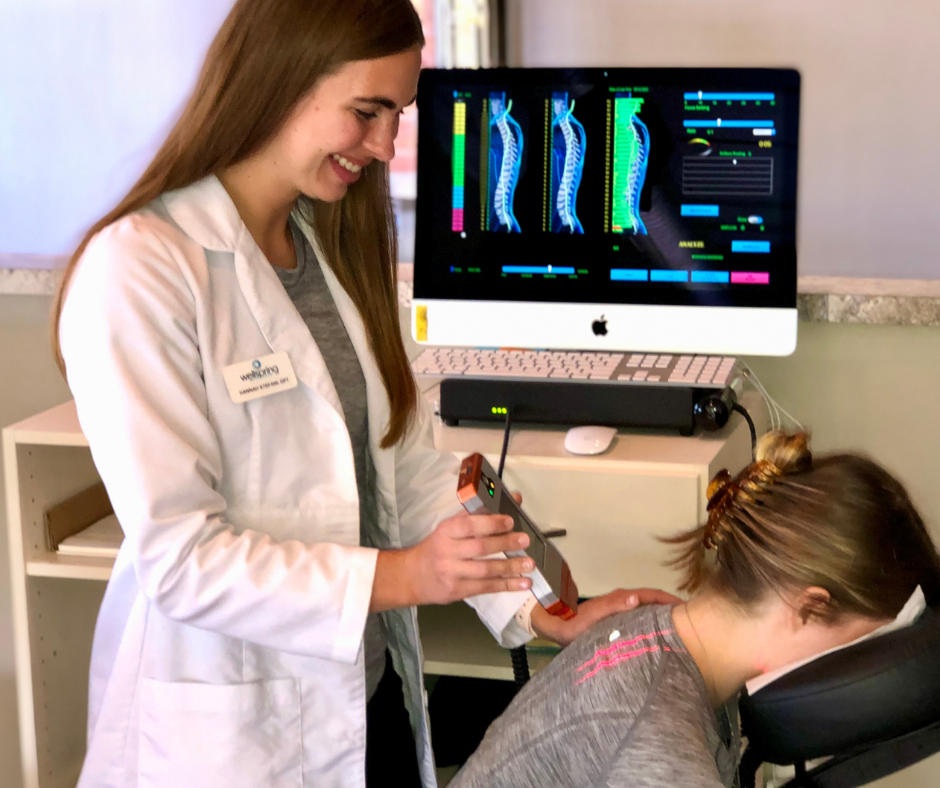With flu season in Eden Prairie coming, many people are getting the flu shot. Some experts believe there is a simpler solution to reducing the risk of getting the flu: Vitamin D. The most-talked-about micronutrient in recent history, studies continue to show numerous benefits of maintaining optimal vitamin D levels. As the days get shorter and cooler, and we spend more time indoors, our sun exposure decreases dramatically. Over the past few years, speculation has been that deficiencies in vitamin D can make the body more vulnerable to flu infections.(1)
Unfortunately, there haven’t been many clinical trials performed to prove vitamin D can reduce the occurrence of flu. Large, placebo-controlled, double-blind studies are very expensive and are generally funded by pharmaceutical companies. Since vitamin D is such an inexpensive supplement, even from top-quality <leo_highlight id=”leoHighlights_Underline_0″ style=”border-bottom: 2px solid rgb(255, 255, 150); background-color: transparent; background-image: none; background-repeat: repeat; background-attachment: scroll; background-position: 0% 50%; -moz-background-size: auto auto; cursor: pointer; display: inline; -moz-background-clip: -moz-initial; -moz-background-origin: -moz-initial; -moz-background-inline-policy: -moz-initial;”>manufacturers, it’s unlikely these kinds of trials would be performed. There wouldn’t be any profit made from running these studies.
However, there was a recent study done on children in Japan recently that does provide some strong evidence for vitamin D’s role in flu reduction. In this particular study, Japanese children were given 1200 IU of vitamin D3 or a placebo from December 2008 through March 2009. At the end of the study, 18.6% of those who were using the placebo had gotten the flu, while only 10.8% of those who received the vitamin D got the flu. A 42% reduction in the occurrence of flu is significant, especially considering the fact that children’s vitamin D levels were not checked. It’s possible the occurrence of the flu could have been reduced even more if the study would have been designed using enough vitamin D to achieve optimal blood levels in the children.(2) Nevertheless, the results from the study were impressive, especially considering there is not a significant amount of research on the flu vaccine’s ability to reduce the occurrence of the flu.
Beyond the Flu
Vitamin D impacts the functioning of over 200 genes in the body. Deficiencies have been linked to autoimmune disease, rheumatoid arthritis, type I diabetes, some cancers and dementia.(3) Low vitamin D levels have also been connected to metabolic syndrome(4), poor blood-glucose control(5) and asthma(6). Another study recently showed that higher vitamin D levels supported greater weight loss.(7)
Deficiencies in D
More than half of the world’s population is deficient in vitamin D, with even more having levels below optimal ranges.(8) In the United States, as much as 70-80% of the population may be deficient.(9) Pregnant women are equally as likely to be deficient in vitamin D.(10)
The average person’s level of vitamin D in the blood is only 16-25 ng/mL. Blood levels should be at least 30 ng/dl, and, for most, optimal levels are between 45 ng/dl to 60 ng/dl. The average child can conservatively and safely take 1,000 IU of vitamin D3 a day, and the average adults should take 2,000 IU a day. Some may need significantly more to raise and maintain vitamin D at adequate levels. (11)
Testing for and Increasing Vitamin D
With the extremely high prevalence of vitamin D deficiencies, it’s surprising there isn’t stronger demand from family physicians for their patients to be tested a couple times per year. Unless someone uses supplemental vitamin D, our exposure to sun (without sunblock) is where we get most of our vitamin D. Because most people work during the day and don’t spend as much time in the sun as we used to, it’s unlikely an individual will get enough vitamin D from sun exposure. In addition, as we age, our ability to convert the sun’s rays on our skin to vitamin D diminishes. Food sources are generally low in vitamin D, so most people will find it necessary to use supplemental vitamin D. Want to know your Vitamin D level? Vitamin D blood testing is available through Wellspring Health Center.
Summary
Getting a shot or using a drug often seems like an easy fix to avoiding sickness and promoting health. However, the nutrients we get from food and natural lifestyles often helps us prevent many of the diseases we’re faced with in modern times. Looking at the long list of issues related to vitamin D deficiency, and considering how easy it is to measure vitamin D, there’s no reason people should be deficient. Take the time and spend the money to check your vitamin D levels. It’s more than just the flu you may be able to avoid.
References:
- Raloff J. Vitamin D is a flu fighter. ScienceNews. March 16, 2010
- Urashima M, Takaaki S, Okazaki M, Kurihara M, Wada Y, Ida H. Randomized trial of vitamin D supplementation to prevent seasonal influenza A in school children. Am J Clin Nutr. 2010;91:1255-1260
- Wellcome Trust. Vitamin D Found to Influence Over 200 Genes, Highlighting Links to Disease. ScienceDaily 24 August 2010.
- Daniells S. Low vitamin D linked to metabolic syndrome in seniors. Nutraingredients. July 2, 2010
- Doheny K. Low Vitamin D Linked to Poor Diabetes Control. WebMD. July 21, 2010 (http://diabetes.webmd.com/news/20100621/low-vitamin-d-linked-to-poor-diabetes-control)
- Laino C. Low Vitamin D Levels Linked to Asthma. WebMD. March 3, 2010
- Shahar D, Schwarzfuch D, Fraser D, et al. Dairy calcium intake, serum vitamin D, and successful weight loss. Am J Clin Nutr. September 1, 2010, published ahead of print
- Medical News Today. Vitamin D Expert Says More Than Half The World’s Population Gets Insufficient Vitamin D. Medical News Today online article. July 19, 2010. (http://www.medicalnewstoday.com/articles/195001.php)
- Hyman M. Vitamin D: Why You Are Probably NOT Getting Enough and How That Makes You Sick. The Huffington Post. May 22, 2010
- McGreevey S. More Pregnant Women Not Getting Enough Vitamin D. Medical News Today. May 12, 2010
- Retrieved Oct 10, 2011 from http://www.huffingtonpost.com/dr-mark-hyman/how-much-vitamin-d_b_796734.htmlThis article is not intended for the treatment or prevention of disease, nor as a substitute for medical treatment, nor as an alternative to medical advice. Use of recommendations in this articles is at the choice and risk of the reader.




